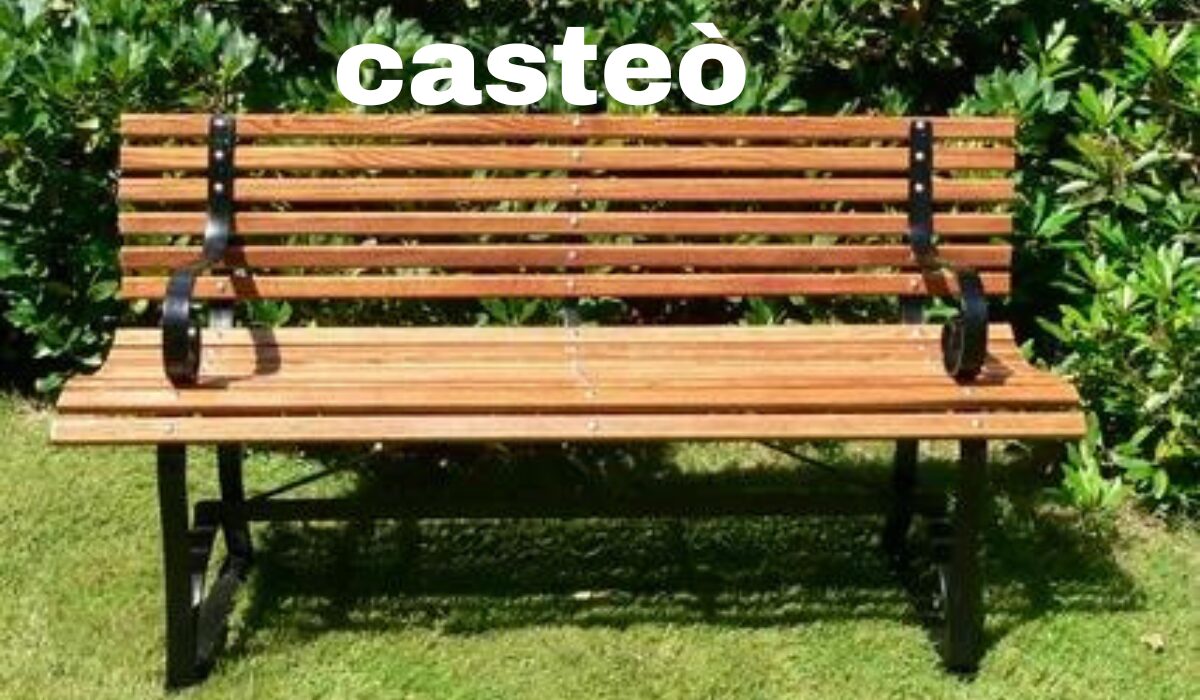Introduction
casteò systems are ancient forms of social stratification found in various parts of the world, most notably in India. These systems categorize individuals at birth, determining their social status, occupational options, and relationships within society. This article aims to shed light on the complexities of caste systems, examining their origins, operations, and the ongoing challenges and changes they present in modern society.
Historical Context: The Origins and Spread of Caste
The concept of caste originated over 2000 years ago, with the Varna system in ancient India, dividing society into four hierarchical categories. Although most prominently recognized in India, similar structures have been identified globally, including in parts of Africa, Japan, and medieval Europe, each adapting the system to their cultural context. Understanding these historical roots is crucial to comprehending the current implications of caste systems worldwide.
Global Perspective: Caste Systems Across Cultures
While the Indian caste system is the most documented, caste-like structures have influenced societies worldwide. From Japan’s strict social order to various forms of social stratification in Africa and Europe, these systems have historically dictated individuals’ lives and opportunities based on their birth. This section highlights the global existence and diversity of caste systems, emphasizing that it is not an issue confined to a single region or culture.
What is meaning of casteò – A Closer Look
casteò refers to a fixed social hierarchy into which individuals are born, determining their societal role, status, and relationships. This system is traditionally divided into hierarchical categories, each with specific roles and degrees of social mobility. It’s essential to understand the structure and implications of caste to grasp how deeply it affects individuals’ lives and the broader social fabric.
This system is traditionally divided into hierarchical categories, each with specific roles and degrees of social mobility. The most renowned example of this is the Varna system in India, which categorizes society into four main groups: Brahmins, Kshatriyas, Vaishyas, and Shudras, each associated with certain occupations and duties. However, beneath these are thousands of sub-castes or Jatis, further complicating the social landscape. These divisions deeply dictate one’s life, often controlling aspects as varied as dietary habits, choice of occupation, and marriage prospects.
In many societies, the caste system is more than a mere division of labor; it is a division of laborers, creating an often-impermeable social structure that individuals are born into. The caste one is born into can limit one’s access to resources, education, and power, creating a cycle of privilege and deprivation that can last generations. The implications of being born into a particular caste are profound, affecting nearly every aspect of life and perpetuating a system of inherited advantage and disadvantage.
FAQs on Caste Systems
What is a caste system, and where is it practiced?
A caste system is a form of social stratification where individuals’ status is typically determined by birth. It’s most notably practiced in India but also exists in various forms across the world, including parts of Africa, the Middle East, and Japan.
How does one’s caste affect daily life?
A person’s caste can dictate their occupational choices, marital prospects, and social interactions, often leading to segregation and limitations on social mobility and rights.
Are caste systems legal or recognized by governments?
While many countries, including India, have legally abolished caste discrimination, the caste still influences societal structures and personal lives due to deep-rooted cultural norms.
Can someone change their caste?
Traditionally, caste is a hereditary status and not subject to change; however, social mobility, education, and economic factors can blur or challenge traditional caste boundaries in modern times.
What are some common misconceptions about caste systems?
Common misconceptions include the belief that caste systems are solely religious or only exist in India. In reality, they are complex socio-cultural constructs and exist in various forms globally.
Conclusion:
In concluding, the article summarizes the key insights into caste systems, emphasizing the importance of continued education and dialogue to challenge and change these deep-rooted social structures. It calls for a collective effort towards a more equitable world, envisioning a future where social mobility and equality replace rigid, hereditary stratification.
